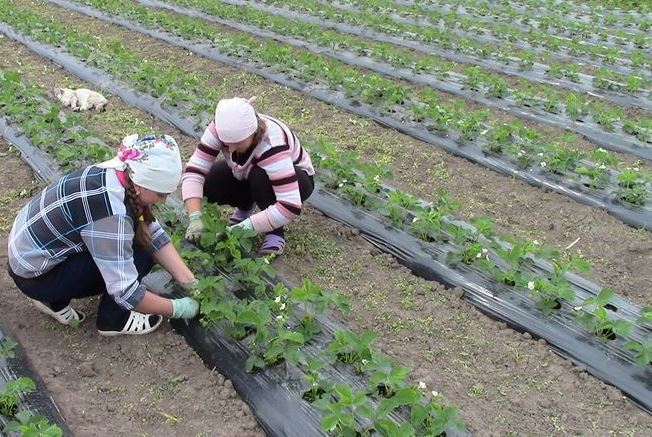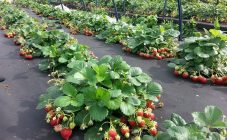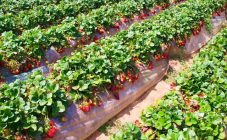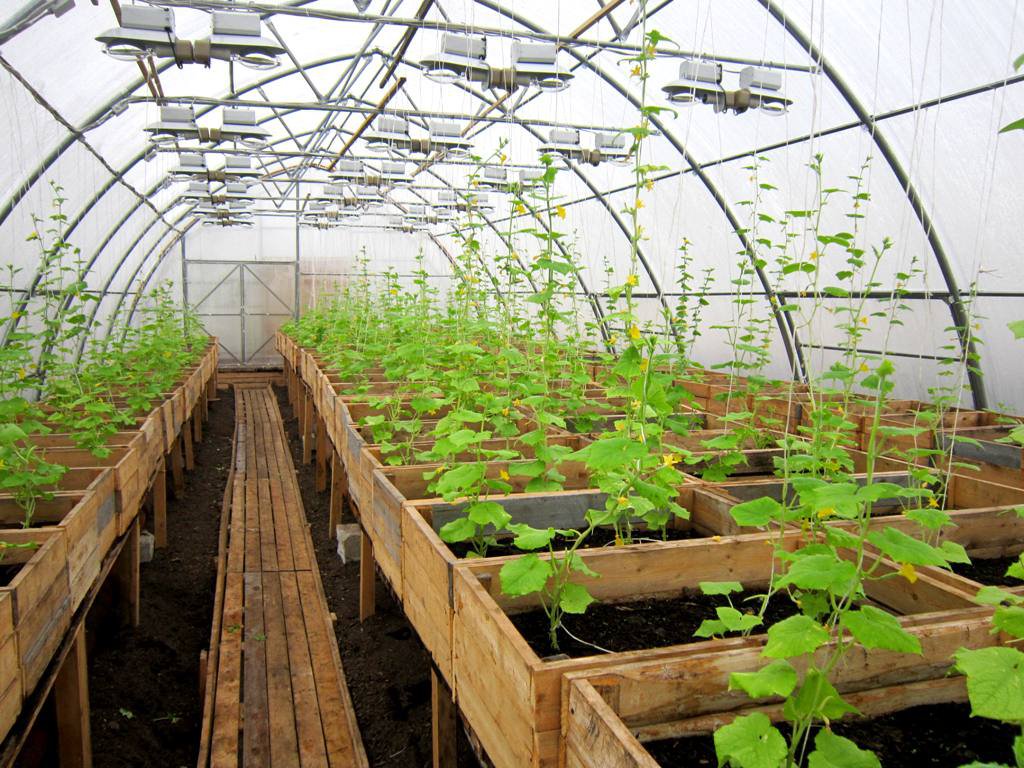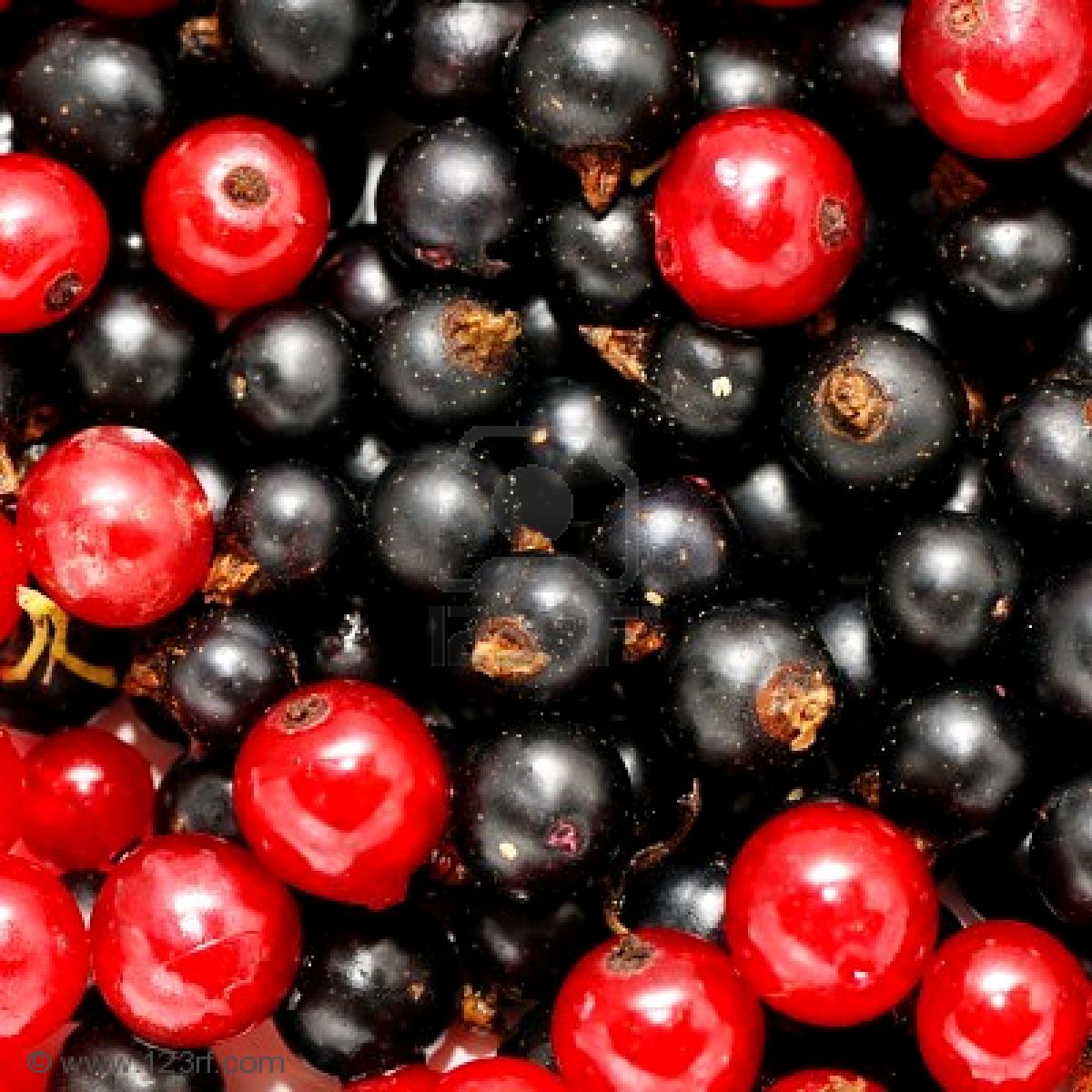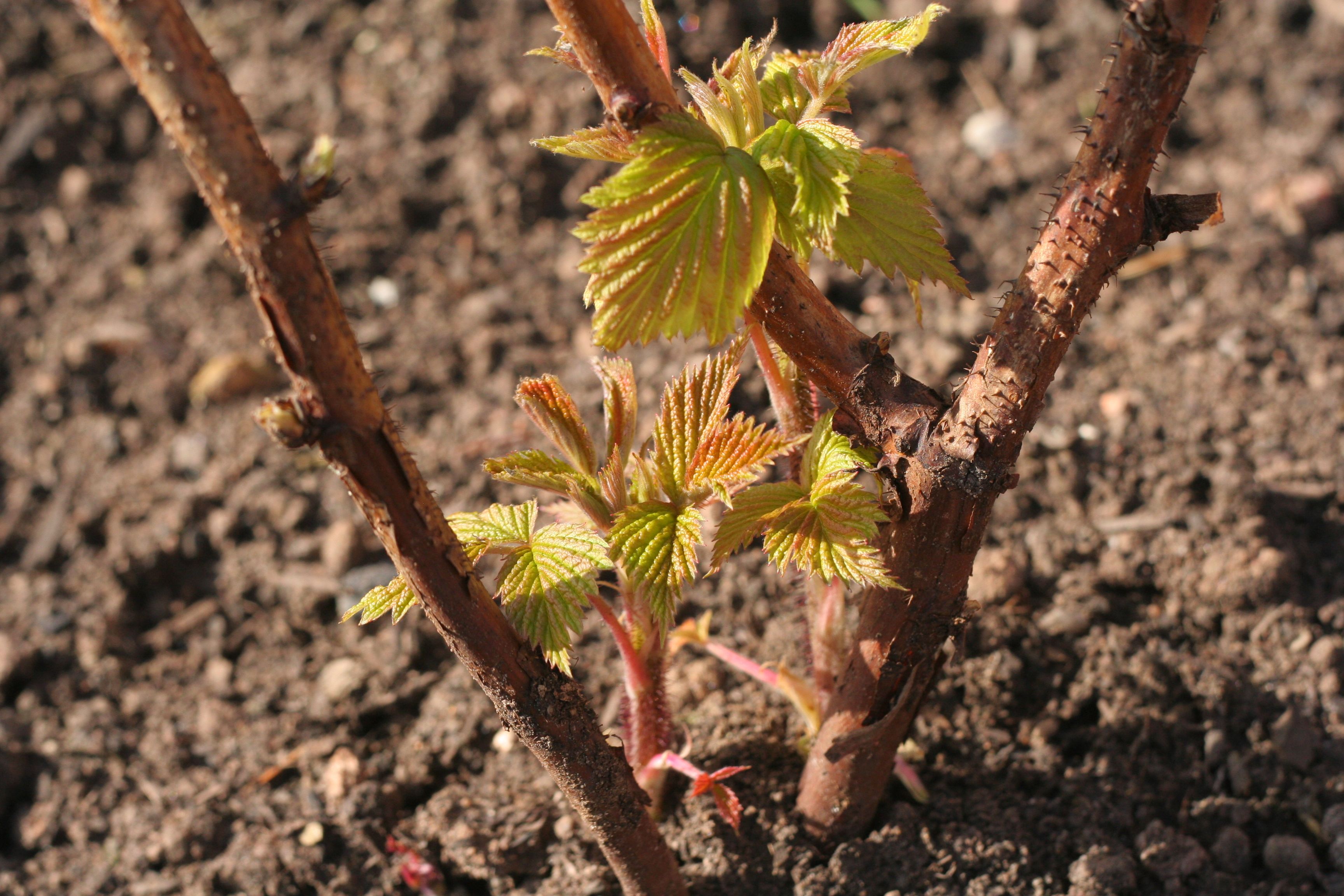Content:
Growing strawberries on your site is not an easy task. The culture is quite capricious, it requires constant care, watering and cleaning of weeds. To reduce labor costs on strawberry beds, you can plant bushes under agrofibre.
Experienced gardeners have been using agrofibre for over 15 years and have consistently praised it. Garden strawberries grow well on the material, delighting the owners of the garden with a good harvest.
General information about agrofibre
For the manufacture of agro-material, polypropylene fibers are used. The composition of the canvas allows moisture and oxygen to freely penetrate to the roots of plants.
Agrofibre is a non-woven material. Features:
- the material is environmentally friendly and durable;
- treated with a special agent that prevents the penetration of ultraviolet rays;
- safe for the environment.
Distinguish between white and black agrofiber. Black agrofibre retains moisture in the soil, accelerates the warming of the earth, and absorbs sunlight. Used as mulch to prevent weed growth. White agrofibre is most commonly used in greenhouses as a shelter rather than mulch. It protects plants from cold and frost, and helps to soften the difference between day and night temperatures.
How is black agrofibre or spunbond used?
- The land is cleared of weeds, dug up, covered with material.
- Holes are made in the shelter through which cultivated plants receive light and heat.
Advantages of black material:
- the sun's rays do not fall on the ground under the shelter, which slows down (practically reduces to zero) the growth of weeds;
- moisture is retained at the roots of plants;
- heat is retained under the material;
- beneficial microorganisms are formed and earthworms appear;
- oxygen penetrates through agrofibre to the roots.
Advantages of white material:
- protects plants from cold and frost;
- softens the difference between day and night temperatures;
- creates a greenhouse effect that accelerates plant growth.
.
When choosing agrofibre, the main criterion is the density of the material. It determines the degree of frost protection and light absorption. Most often, gardeners choose a density of 17, 19 or 23 grams per square meter of canvas. The canvas, which has a density of 17 g, transmits up to 80% of the sun's rays, and keeps plants from light frosts down to -3 degrees. The material with a density of 19 and 23 grams protects against frost -4 and -5 degrees.
For colder regions, white agrofibre is used, with a density of 30 and 42 grams per square meter. Such dense material is used to create greenhouse tunnels.
Planting strawberries on agrofibre
To plant strawberry bushes on agrofibre, you need to prepare the beds. The step-by-step instruction looks like this:
- A sunny place is chosen for the beds.
- It is necessary to mark the space for the beds and thoroughly clean it of weeds and debris.
- When planning the size of the beds, take into account that the standard width of the canvas is 1.6 meters. When using multiple lanes, it is important to think about the paths between the beds.
- Agrofibre must be laid with an overlap of 15-20 cm.
- After the planning stage, the soil is dug up and fertilized. After fertilizing, the soil is dug up again.
- Considering the location of the region and the location of groundwater, they make high or low beds.
- After preparing the soil, the agrofibre is covered and fixed with wires, stones and bricks.
Scheme for planting strawberries on agrofibre in the open field
The first step is to stretch the agrofiber well. After laying the material, mark the place for the planting material. 20 cm recede from the edge of the canvas, the distance between the beds is 50 cm, between the bushes - 30 cm. Such a planting density of strawberries is considered optimal.
At the places marked for the bushes, the agrofibre is cut in a cruciform manner, ripping the material about 5 cm in each direction.
Seedlings should be planted in holes to a depth of 10 cm. In this case, the gardener should shorten the root system to 9 cm.
Strawberry care under agrofibre
Strawberry care rules:
- Strawberries do not tolerate drought and waterlogging. How to water strawberries under agrofibre? In summer, strawberries should be drip irrigated 3 times a week. Watering is carried out in the evening. In cool weather, the procedure is carried out less often.
- After planting in the first year, it is better not to feed the strawberries, since a sufficient amount of fertilizer was applied during the preparation of the soil.
- In the future, for feeding strawberries, liquid fertilizer complexes are used, developed specifically for this crop.
- As the first feeding, a mixture of 60 g of superphosphate, 150 g of potassium sulfate or potassium nitrate is used. Humus diluted with water in a 1: 5 ratio is also suitable. Fertilizer consumption per 1 square meter is a third of a bucket.
- The second feeding is carried out during the period of active growth of strawberries.
- After harvesting, the bushes are fed with ammonium nitrate in a proportion of 10 g per 5 liters of water.
- In subsequent years, strawberry bushes are given inorganic fertilizing.
- In the spring, all old sheets are removed.
- In summer, it is necessary to trim the whiskers and old foliage, leaving young leaves.
It is recommended to manually pollinate strawberry bushes located on agrofibre. For manual pollination, 2 methods are used:
- Pollination with a fan, which will carry the pollen to the flowers.
- Pollination with a regular brush of each flower separately. This method is suitable for a small number of strawberry bushes.
Of course, garden strawberries can pollinate themselves, but the effectiveness of manual methods is much higher.
Main advantages and a couple of disadvantages
The advantages of using agrotextile material for strawberries:
- Keeps weeds from growing.
- Strawberry whiskers don't take root.
- The berries can be picked clean and dry.
- Thanks to the slippery surface of the canvas, there are no slugs and snails in the garden.
- Ants or other insects will not settle under the dark material.
- The shrubs get enough air, water and fertilizer.
- Moisture is well retained, so the number of waterings can be reduced.
- Strawberries begin to bear fruit earlier and are easier to grow.
Disadvantages of material agrofilm for strawberries:
- Expensive material and relatively complex installation.
- Long-term drying of the material after precipitation or watering. This can damage the berries.
Experienced gardening tips
With this method of growing garden strawberries, autumn is the best time to plant seedlings. The black material, stretched over the ground, will immediately begin to suppress the weeds and they will not even have time to appear.
Don't choose the cheapest materials. Poor quality agrofibre sometimes deteriorates in the first year. As a result, money has been spent, but the desired result has not been achieved.
If paths on agrofibre are planned and done immediately, then this will significantly increase the service life.

When choosing agrofibre, it is important to take into account the regional characteristics of the climate. For colder regions, dense materials are chosen.
When choosing agrofibre, it is important to take into account the regional characteristics of the climate. For colder regions, dense materials are chosen.
The seedling holes do not need to be made too large. Otherwise, with each watering, soil will fall from the holes onto the agrofibre. It will have to be removed manually. Of course, the gardener may not do this, but then very soon one of the main advantages will disappear - the cleanliness of the garden and berries.
Planting strawberries on agrofibre will shorten the time for planting. In addition, the harvest can be harvested earlier, the berries will remain clean and dry. The correct choice of material for planting will depend on the region in which the site is located. If everything is done according to the instructions and correctly, then it will be possible to grow a large and high-quality crop.



